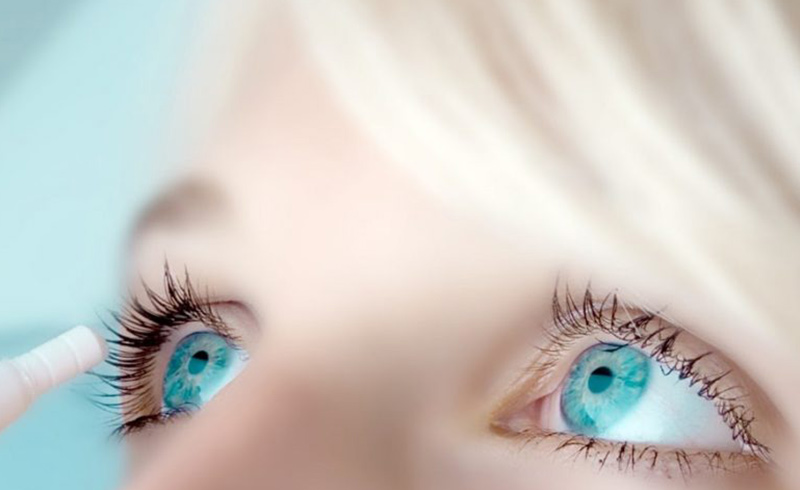
Allergies that affect the eye can be painful and troublesome. They can result in swelling or temporarily impaired vision. The most commonly affected site is the eyelids, though they can also affect the cornea in some cases. They can occur as a symptom of another allergy or alone but will require immediate treatment from an eye clinic. If left untreated, it could lead to scarring or long-term vision issues. In this article, we will examine some of the different types of this condition.
Atopic conjunctivitis
It is the most prevalent type of eye allergy. It occurs when the immune system overreacts to allergens by creating antibodies called Immunoglobulin E (IgE). These go to cells which release chemicals inducing an allergic reaction. This is because of the body’s hypersensitivity to airborne triggers such as pollen, mites, animal dander, and mold spores. Those suffering from this condition will also show symptoms of allergic rhinitis, such as runny nose, constant sneezing, and red, itchy eyes.
Seasonal allergic conjunctivitis
It is also known as hay fever conjunctivitis, a short-term illness provoked by hypersensitivity. Peaks and troughs define the condition; however, it becomes more prominent during seasons when pollen is released (usually summer). Symptoms include redness in the sclera, itching and burning sensations, swelling in the eyelids and conjunctiva, and excessive mucus and tear production. It is typically treated with anti-inflammatory and antihistamine drugs. Eye specialists will also prescribe mast cell inhibitors such as cromolyn sodium. In severe cases, immunotherapy will be used.
Perennial allergic conjunctivitis
It primarily affects middle-aged people and is associated with dry eye symptoms. It occurs throughout the year and is believed to be caused by mold, dust mites, or animal dander. The symptoms of this condition are swollen and reddened eyes, itching, and a burning sensation that can vary in severity. Treatment usually involves antihistamines; however, it is only given for a short time as they can worsen dryness in the eye. Mast cell inhibitors and steroids may also be prescribed. Unlike hay fever, medications for perennial allergic conjunctivitis need to be taken throughout the year.
Vernal keratoconjunctivitis
It is a severe chronic eye allergy disorder that is less frequent but may cause complications in the cornea. It is primarily seen in hot and dry climates such as the Mediterranean basin and West Africa and mainly affects young males. About 50% of those with this condition have other allergies, and 75% have a history of eczema or asthma. It is seasonal, with a higher incidence rate between the start of spring and autumn. However, in sweltering climates, it can continue throughout the year. It is believed to be caused by hypersensitivity to airborne allergic triggers such as pollen. Those affected by vernal keratoconjunctivitis feel as if there is something in their eye, along with severe itching, aversion to bright lights, thick mucus, and cysts on their upper eyelid. Treatment involves mast cell inhibitors and antihistamines; if the condition is severe, corticosteroids and cyclosporine A will be used.
Suppose you or your loved one suffer from eye allergies. In that case, it is best to check with an eye clinic and receive treatment immediately, as the symptoms can be distressing and, if left ignored, can cause lifelong complications.

